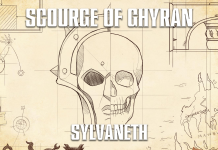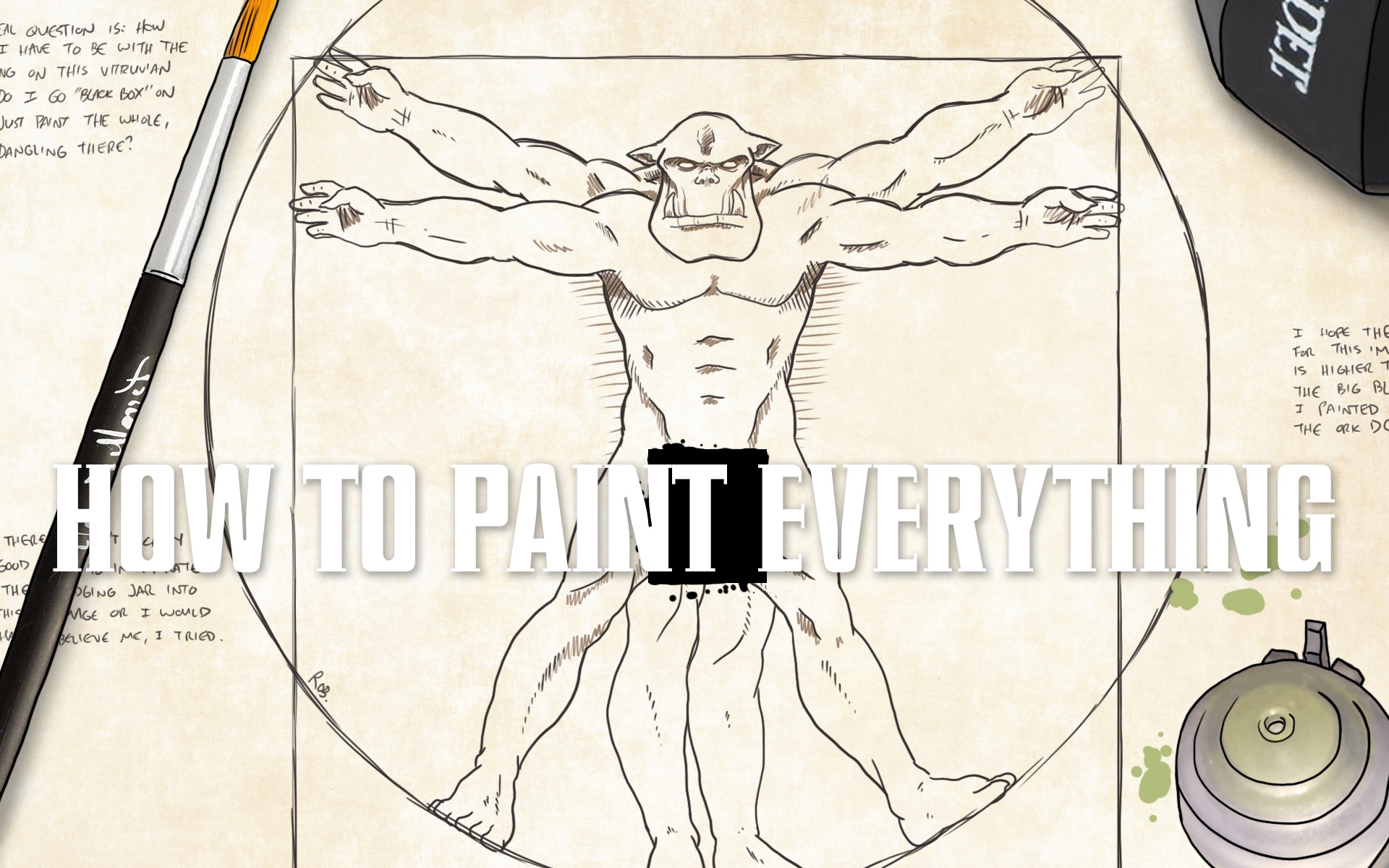Welcome to the Century of the Vampire, an ongoing weekly feature where Goonhammer managing editor Jonathan Bernhardt watches some piece of vampire media, probably a movie but maybe eventually television will get a spot in here too, and talks about it at some length in the context of both its own value as a piece of art and as a representation of the weird undead guys that dominate western pop culture who aren’t (usually) zombies.
Last week, Bernhardt reviewed the 1996 Robert Rodriguez film, From Dusk Till Dawn. Today, Bernhardt looks at the 2025 Ryan Coogler film Sinners.
It is worth bolding this, since the movie is currently in theaters: This article will contain spoilers, starting with the very next sentence.
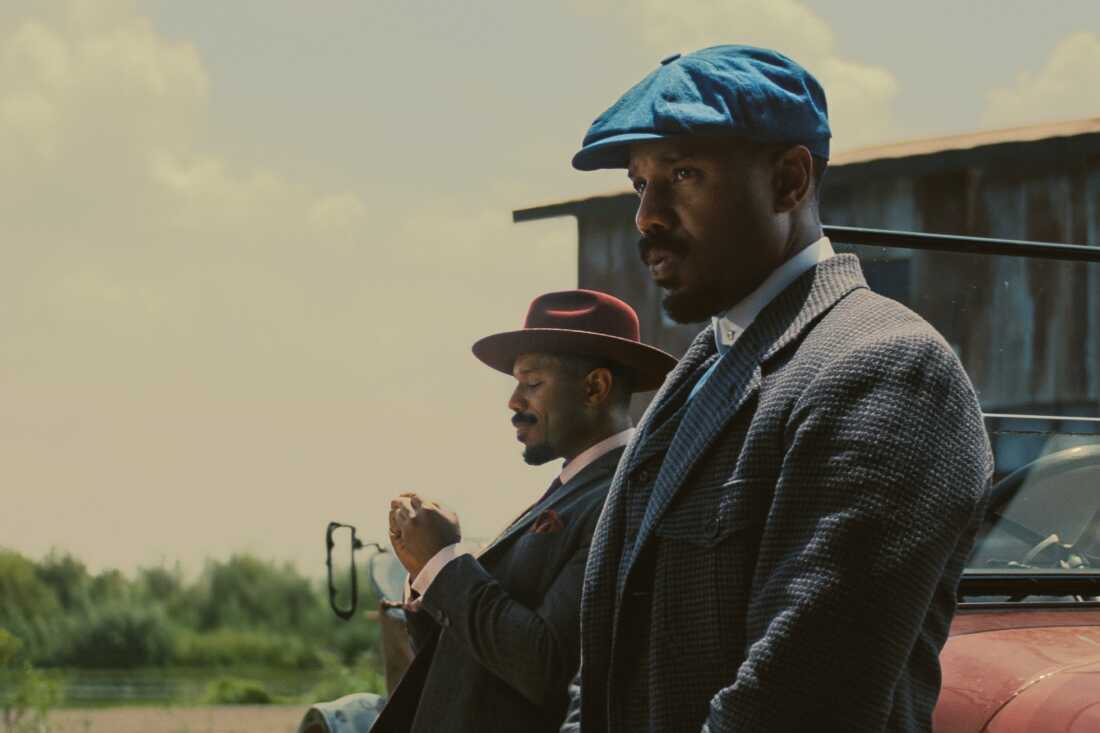
Finally, the vampire musical that the people (me) were clamoring for.
It’s not a Broadway musical, no, but the description is apt. The trailers for Sinners, directed by Ryan Coogler, communicate that there’s going to be a lot of music adjacent to the plot of the film, but not how much screen time will actually be devoted to its performance, from delta blues to evil vampire Irish step-dancing to magical rap and techno bleeding into the past back from the future in the sequence that sets the movie’s real plot in motion, as Preacher Boy Sammie (Miles Caton) plays the blues guitar and sings with such soul he rips open the veil between worlds and leads the Devil, in the person of genial Irish vampire Remmick (Jack O’Connell), to the doorstep of the juke joint that twin gangsters Smoke and Stack (Michael B. Jordan) have just opened in prohibition-era Mississippi.
This is a One Crazy Night film; the plot is pretty simple and pretty sparse: The heroes are back in town after making their fortune in Al Capone’s Chicago, and are greeted with the reasons they left; they make their pitch to old friends and lovers about their illegal speakeasy club out in the woods and use their Chicago blood money to get everyone onboard; the juke joint opens, and while trouble brews on the horizon, everything’s going pretty well until three white folks show up with banjos and fiddles and ask if they can come in. Everyone knows something’s wrong, but only Beatrice (Tenaj Jackson), local griot, witch-woman, and mother of Smoke’s dead child, realizes what’s wrong with them might be more than them being goofy and clearly at the wrong party. They hang out in the lot and begin turning partygoers who wander outside to smoke or piss or talk with them. Each new vampire has to ask permission to get back into the party, but the doorman doesn’t twig to that, and now they’ve got vampires in the juke joint. One of the twins gets turned, people start shooting off guns, everyone flees outside…and now you got yourself a real vampire problem. Things proceed as they usually do from there.
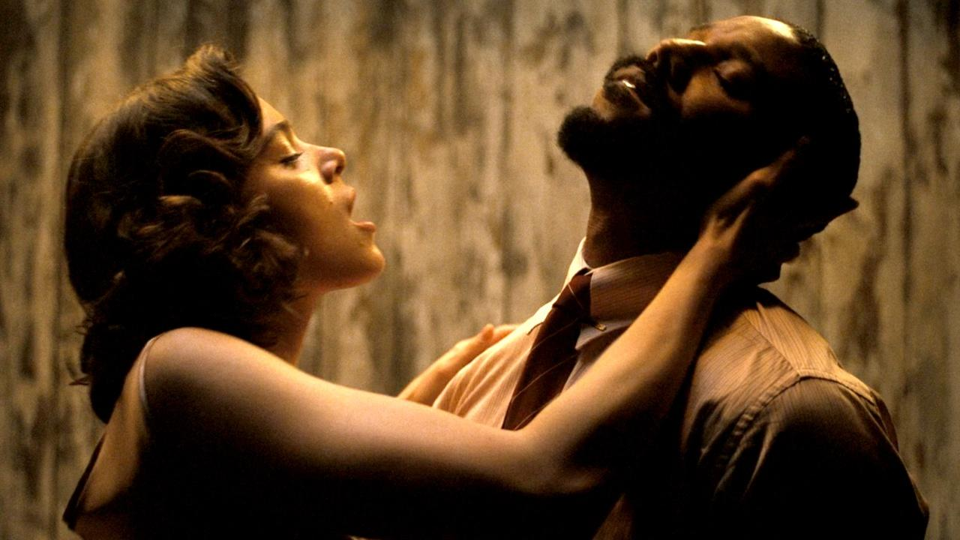
The actual action here, mortals fighting vampires, is probably the least interesting part of the film; it’s very well done, and you have a lot of good gnarly blood spray and bubbling and gushing wound work that sure looks like practical effects that have been cleaned up in post using computers instead of being done fully in an effect suite, especially when people are laying on the ground bleeding out. But you’ve kind of seen a lot of this stuff before. There’s no hand-to-hand fight in here better than the work Coogler did with Jordan and the late and deeply-missed Chadwick Boseman in Black Panther, for instance. The best action in the film comes in the coda, where a dangling plot thread about the brothers buying the property for the juke joint from the head of the local Klan in the film’s opening minutes pays off with said local Klan rolling up the following morning and getting annihilated by a pissed-off Smoke with a BAR, Thompson, and 1911 he kept from his time in the service. This is actually kind of the weakest part of the film; it occurs after the narrative resolution of the vampire plot and is tacked on to the emotional resolution of Smoke and Sammie’s stories, and is clearly there mainly to spend some action budget and make sure this film about 1932 Mississippi has the Klan getting what they have coming to them; both are laudable ends in and of themselves, so it’s mostly excusable for being narratively inert, especially when it’s executed so well on-screen.
Remmick, the vampire, is not a Klansman; given that he’s an Irishman that’s not necessarily shocking to anyone who knows their history about the Klan and how they feel about immigrants and Catholics. He doesn’t seem to have much time for racism in general; it gets in the way of his own project. Given what his project is, that’s not entirely a credit to him. When we first meet the vampire, he’s stumbling into the house of the nephew of that head Klansman being pursued by indigenous vampire hunters who we never meet again; they’re smart enough to see the sun setting and high-tail it out of the film. Remmick turns the Klan nephew and his wife, which is how he learns of the Klan’s plot to kill Smoke and Stack the following morning, and he freely and forthrightly tells the brothers of that plot the first time he speaks to them. He doesn’t care a whit for the Klan’s success or failure. He’s got entirely different goals.
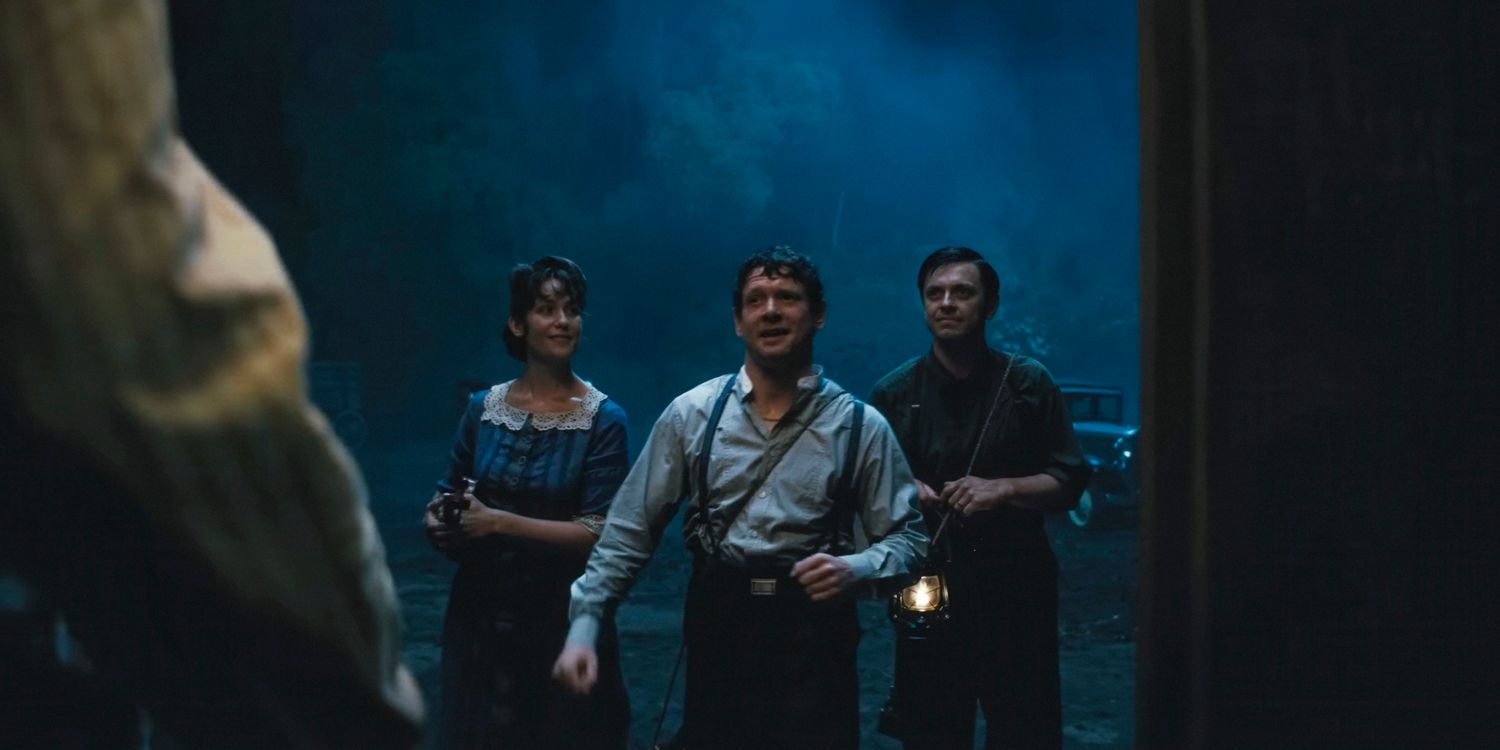
Vampires in Sinners are psychically linked; they share memories across their new bloodline while retaining the distinct personalities they had in life, only twisted around the fact that they’re now undead bloodsuckers. They exist, as Remmick tells the folks in the juke joint when he comes to the door the first time, in fellowship with each other, and they want to exist in fellowship with you. When you’re here, the slavering face of the Devil assures you with gleaming red eyes, you’re family; Heaven is a cold, dead place, but we can build the community of Hell all around us on Earth. And every mortal they turn into one of them remains themselves, except now very committed to their new family, very enthusiastic, and very chatty.
This middle section is the most interesting part of the film, and not just because all the music’s here too. What Sinners really brings to the table for our specific purposes is its perspective on the vampire’s seduction. In most tellings, the vampire claims its victims by overwhelming them either with mundane but incredible charisma or actively supernatural mind-control or paralysis. Here, the vampires prefer trickery; seduction is in the tool kit, as Mary shows when she turns Smoke, but Smoke already wanted to fuck mortal Mary’s brains out and had spent the entire runtime of the film up until then making that point clear one way or another — that work was already done. The conniving to get people alone, the wheedling to try to talk their way in the front door, since these vampires very much have to be invited in; these are talkers more than they’re hunters. And they’re not hungry for blood — they’re hungry for converts. Remmick isn’t feeding an appetite and doesn’t seem particularly interested in physically drinking anyone’s blood; he just wants to bite and turn. That’s because the vampires of Sinners are not feeding; they’re proselytizing. And that’s eventually their undoing, because it’s Preacher Boy Sammie, the singular talent who called to them by piercing the veil with his music, that they really want — and in their desire to have him, they stay out too late and watch the sun rise.
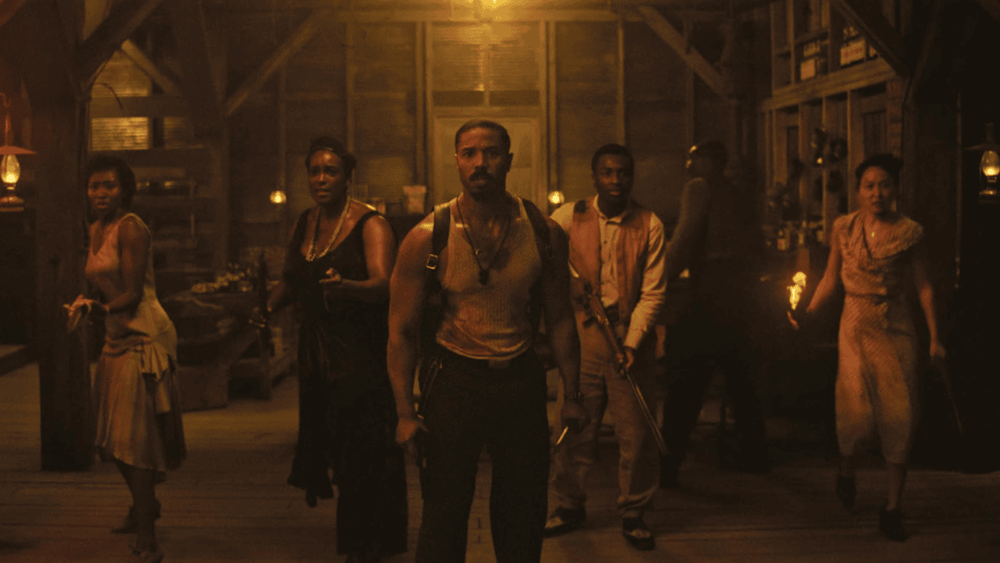
The vampires are in fact deeply evil creatures; Sinners doesn’t both-sides this to the degree that some depictions do. You get the distinct impression that rather than the community of believers they portray themselves to be, what Smoke, Beatrice, Sammie and company are actually dealing with is a single malevolent intelligence, a demonic hivemind centered in the corpse of the Irishman Remmick that jumps from body to body as it needs to, switching masks to whichever one might be most persuasive to its current audience and saying whatever it needs to say to get that audience to let them in. It’s impossible to speak in certainties without a copy of the film in front of me but no instance from the film immediately jumps to mind of two vampires having a conversation with each other that’s not for the benefit of a mortal, or two vampires ever talking over each other like there were two distinct minds present that could speak. And whenever someone becomes a vampire, they sure do immediately adopt the same pleasant, wheedling affect that Remmick has, with the same tendency to shift from seeming-unflappability to instant and total aggression when they sense that diplomacy has failed.
There’s been a lot of talk about how Sinners is “more than a vampire film,” both from Coogler himself on the initial press tour and especially from reviewers giving the movie praise — most of this talk is uninteresting, as it functions mainly as critical permission for people who think of fun genre movies as junk food to like a fun genre movie. We have yet to review anything in this column that was “just” a vampire film, for better or for ill; even the most vapid and empty-headed entrant, BloodRayne, was worth talking about precisely on those grounds (do not confuse this with a suggestion that you should actually watch BloodRayne). Sinners is a vampire movie, Sinners is a musical, Sinners a magical realist movie, Sinners is a prohibition movie, Sinners is a blues movie, Sinners is a Jim Crow movie; all of these things apply. If the suggestion is, “It’s more than a vampire movie; you’ll actually learn something!” then, well, I’d hope you’re not just now learning about the Klan or Jim Crow from Sinners. This might be the first time you’re hearing about West African folk tradition and griots, but this is all artistic flavor, not education or book-learning. Sinners, in all its very real, very good artistry, is primarily concerned with being a good time even if a lot of people have to die, and of all the films I’ve watched for this feature, I have to say, so far it’s been the best one at delivering that.
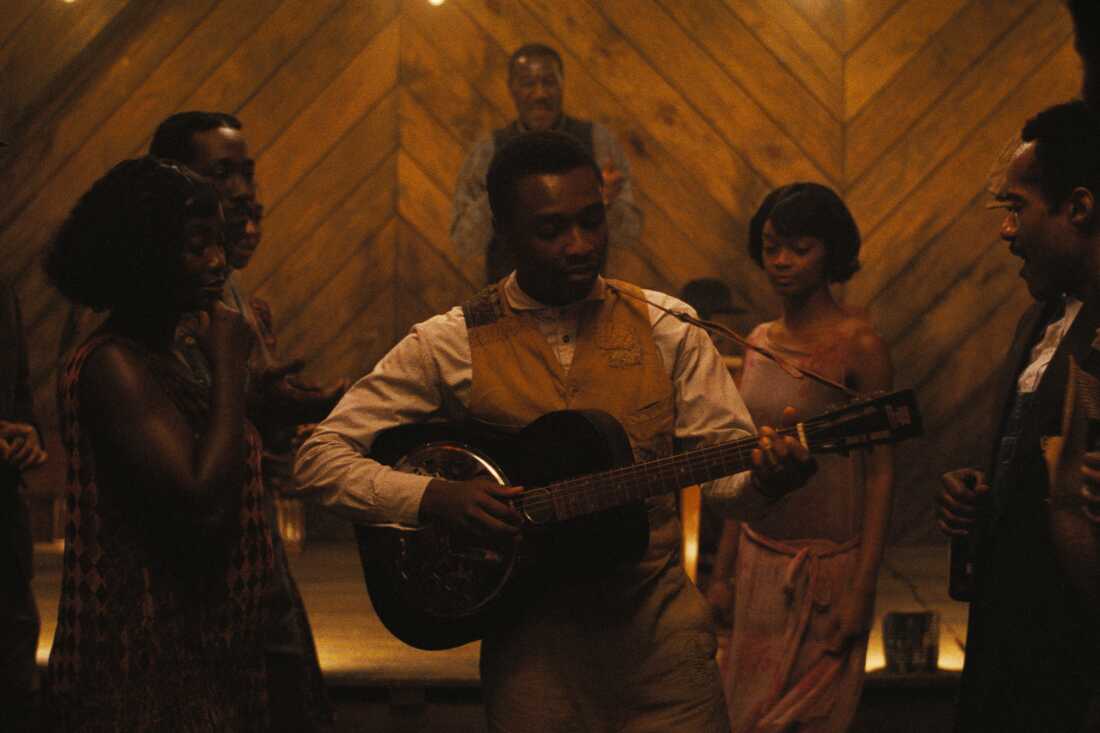
Next week we’re back to the 90s with John Carpenter’s Vampires, which is gonna be some real whiplash, because that movie stars James Woods.
Have any questions or feedback? Drop us a note in the comments below or email us at contact@goonhammer.com. Want articles like this linked in your inbox every Monday morning? Sign up for our newsletter. And don’t forget that you can support us on Patreon for backer rewards like early video content, Administratum access, an ad-free experience on our website and more.

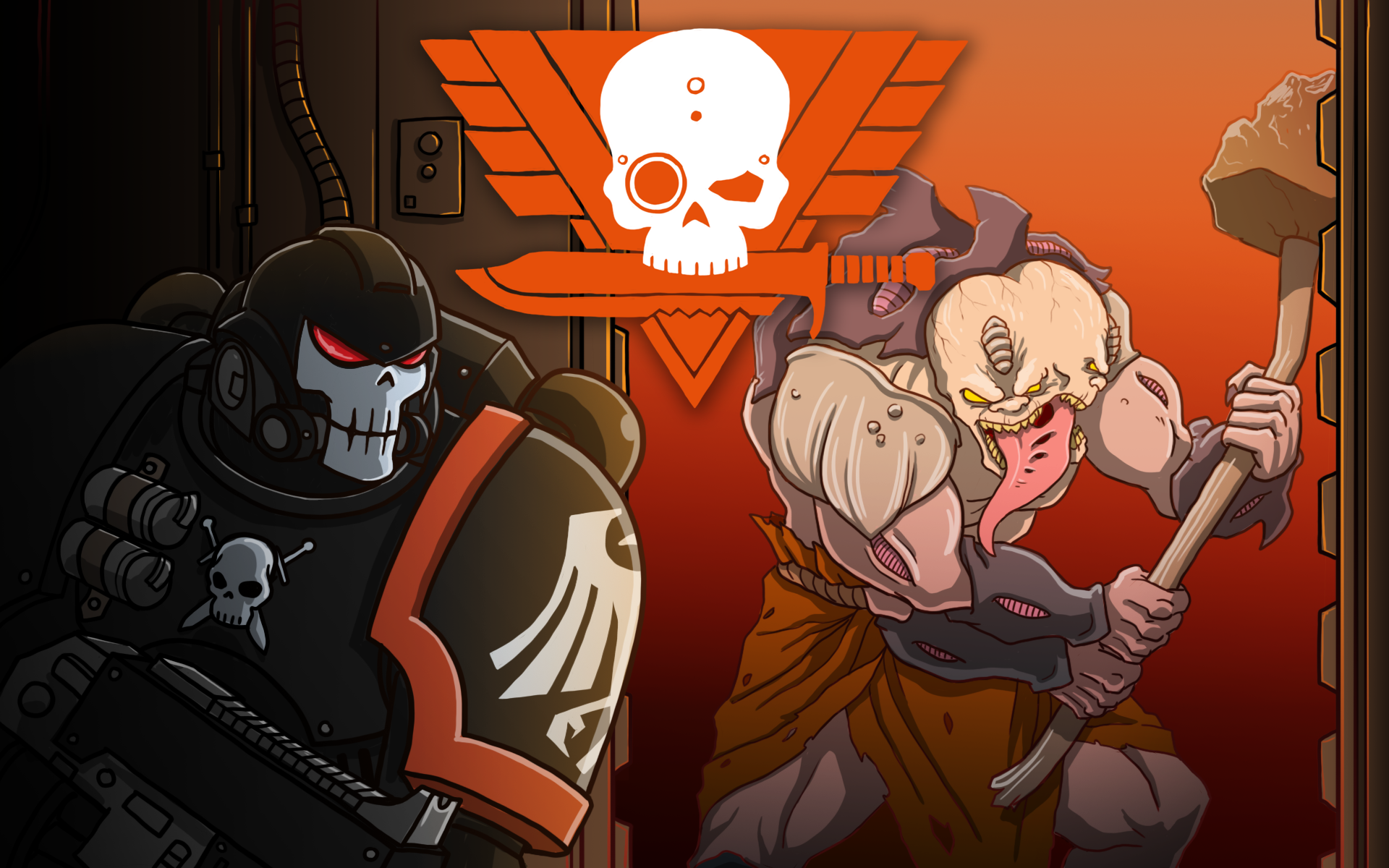
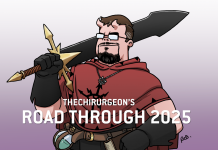






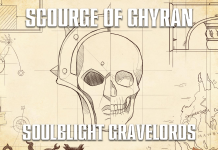
![[40k] Competitive Innovations in 10th: Death Beckons pt.1](https://d1w82usnq70pt2.cloudfront.net/wp-content/uploads/2020/01/Analysis_Banner.png)
